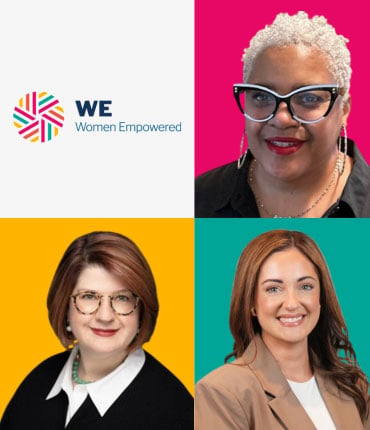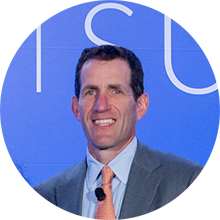Learn how InspiroGene is helping deliver revolutionary cell and gene therapies to patients in need.
Featured
- Future of Healthcare Paving the Way to Life-Changing Therapies
- Industry Trends Bridging the Gaps in Patient Care
- Patient Stories A Remarkable Journey: Conquering Stage IV Cancer
- Caring Impact Bringing Better Health to the Navajo Nation
- Access RxOwnership's Expert Financial Planning & Business Support
- More Features
<
>
<
>






